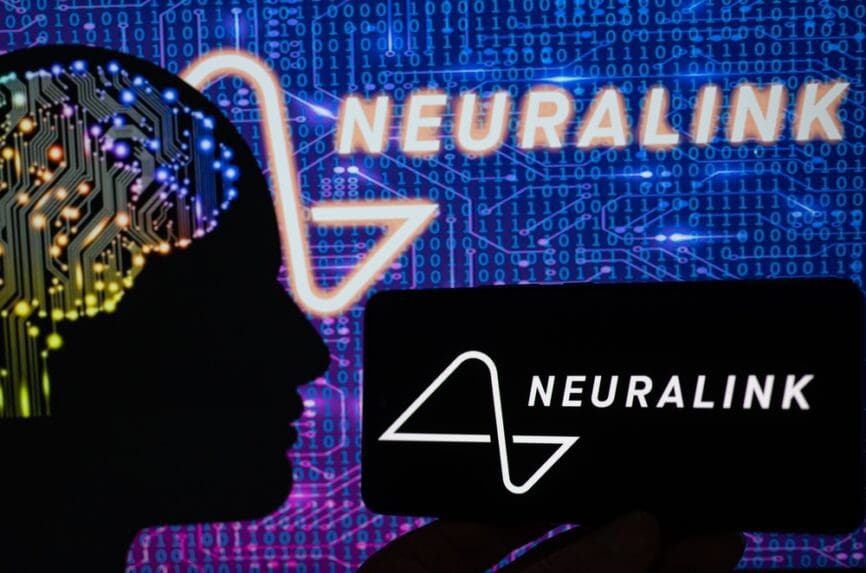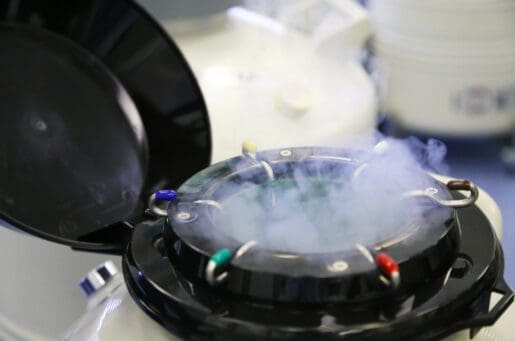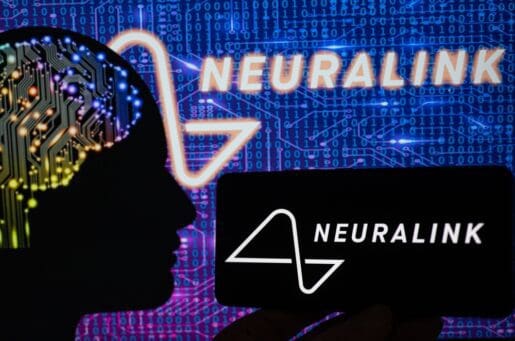Bioethics Forum Essay
The Neuralink Patient Behind the Musk
The sole virtue of Elon Musk’s report on X, formerly known as Twitter, of the first in-human brain implant by his company, Neuralink, is its brevity: “The first human received an implant from @Neuralink yesterday and is recovering well. Initial results show promising neuron spike detection.”
But, in this case, that virtue is very limited. Brevity is not so admirable in novel human research.
Opening up the brain of a living human being to insert a device, particularly someone with serious medical problems, deserves more than a two-sentence report on what is, in effect, a proprietary social media platform not distinguished for its reliability where facts are concerned. This human research subject, their family, all potential future research subjects and patients, the medical community, and all of us deserve more.
Assuming that some brain-computer interface device was indeed implanted in some patient with severe paralysis by some surgeons somewhere, it would be reasonable to expect some formal reporting about the details of an unprecedented experiment involving a vulnerable person. But unlike drug studies in which there are phases that must be registered in a public database, the Food and Drug Administration does not require reporting of early feasibility studies of devices. From a legal standpoint Musk’s company is in the clear, a fact that surely did not escape the tactical notice of his company’s lawyers.
Nevertheless, when they engaged in this medical intervention his company and the surgeons, neuroscientists, and nurses incurred certain moral responsibilities. A technical regulatory veil does not shield them from the ethical obligations of transparency to avoid the risk of giving false hope to countless thousands of people with serious neurological disabilities.
Many may not appreciate that “neuron spike detection” is only an acceptable preliminary endpoint for a carefully controlled experiment whose safety is far from established and could engender complications that would leave the human subject in a worse, if not life-threatening, condition. We are not even told what plans there are to remove the device if things go wrong or the subject simply wants to stop. Nor do we know the findings of animal research that justified beginning a first-in-human experiment at this time, especially since it is not lifesaving research. The company has denied that it mistreated primates in response to allegations of animal cruelty. Which scientists—who were not on the Neuralink payroll—decided that the research was ready to try in humans?
This episode reaches beyond one incident. Science by press release, while increasingly common, is not science. When the person paying for a human experiment with a huge financial stake in the outcome is the sole source of information, basic ethical standards have not been met.
Arthur Caplan, PhD, is the founding head of the Division of Medical Ethics at NYU Grossman School of Medicine. He is a Hastings Center fellow and a member of The Hastings Center’s advisory council. @ArthurCaplan
Jonathan D. Moreno, PhD, is the David and Lyn Silfen University Professor of Ethics at the University of Pennsylvania and a Hastings Center fellow. @jonathanmoreno.bsky.social













A timely essay! Is there any ethics approval for this project?
Thanks for your question. So far we are all in the dark about this.
Elon Musk’s Neuralink experiment is problematic for all the reasons you concisely cite. The broader picture of his research aims just here is no less disconcerting. A confessed admirer of the 1999 movie “The Matrix “ (see Issacson’s biography, 2023), Musk is ultimately looking forward to a time when various knowledge software modules can be uploaded to a subject’s brain and central nervous system. Hence, Musk’s bioethical ly questionable work with patients suffering from paralysis is but a baby step to his ambition of streamlining and revolutionizing how humans learn. If so: (1) Who will control this technology? (2) What will count as knowledge (versus, say, propaganda)? (3) What is the proper role of bioethics in checking or adjudicating any of this free market, potentially profiteering and obviously dangerous technology?
Indeed. The enhancement questions you raise can too easily be missed while therapeutic potential is being sorted out.
Do we need something more than ethical code and regulation for research integrity? The ethical person!
It’s quite something to live in a world where “Twitter” must be cited as the primary source of information for potentially breakthrough science projects—or utter shams. Professionals trained in science communication should be the ones delivering research news to the public. Most people reading Musk’s tweets will never look in an academic journal and will never understand what vetted, quality research looks like.
This article doesn’t fully appreciate how technologies like Neuralink can revolutionize treatments for people with serious conditions like quadriplegia. And while more formal and regular updates are a step in the right direction, one should be mindful not to over simplify the complex balance between pushing for quick innovation and the need to follow strict ethical guidelines. It’s like navigating without recognising the progress you’ve made along the way.
While it has the potential to disseminate scientific information to a general audience, “science by press release” inarguably poses important ethical concerns when brevity is not a means to promoting further scientific reporting. The arguments in this article that call for further scrutiny of evidence in the development of new medical technologies are timely and persuasive especially in the context of research that is carried forth with the prime intent to develop a product that, given the nature of the enterprise, aims to generate revenue and further the interests of a private company. These concerns for the public availability of findings and the legally sheltered position of this research from the requirements common to producing knowledge in a not-for-profit research institution reveal the fragile legal oversight medical technology developers may dwell in. Therefore, besides the valid concerns about reporting data and making it available to the scientific community, the article points to the primacy of upholding bioethical principles where the law and regulatory oversight may leave participants vulnerable. Particularly in this case, a lack of transparency raises questions of patient safety and continuity of care as clear protocols that uphold the principles of beneficence and non-maleficence must, ideally, be in place to prevent coercion in the absence of FDA regulations or otherwise legal instruments that protect participants from harm. Protection of participants must encompass clear mechanisms to halt or withdraw from research trials, and the operation of medical technology companies in legal gray areas where regulatory power has yet to establish clear guidelines evidences the dire need to uphold bioethical principles in designing and completing trials of novel technologies, as well as sharing their results with the broader community of stakeholders that can gain from access to this information. Another issue of utmost importance raised by the article is how the dissemination of scientific information in the format of simple headlines on social media, without the due follow-up pointing towards a larger body of evidence, may undermine a public trust in science. While it is common knowledge in the scientific community that studies published in peer-reviewed journals undergo scrutiny by independent experts to validate and ensure the quality and credibility of the data presented, the same can arguably not be said of the general audience that a social media post has the potential to reach. Thereby, in the partial or outright absence of regulations on what is shared online, particularly when the financial interests of the sponsoring corporation are behind it, this conduct has the dangerous capacity to confound the credible work of scientists due to a lack of transparency and open dialogue with the larger scientific community. Not only offering valuable insights on how the dissemination of scientific knowledge ought to be transparent and thorough to ensure credibility and public trust, this article evidences how legal gray areas may be impacting the development of medical device technology today. Researching novel interventions with undeniable impact to the quality of life of millions of people ought to consider ethical obligations that demand a higher standard of conduct. Not simply beneficence and non-maleficence must be held as core values of such enterprise, but also transparency, accountability, open dialogue, and information sharing to promote scientific collaboration must guide stakeholders involved in pioneering advancements in medical technology.